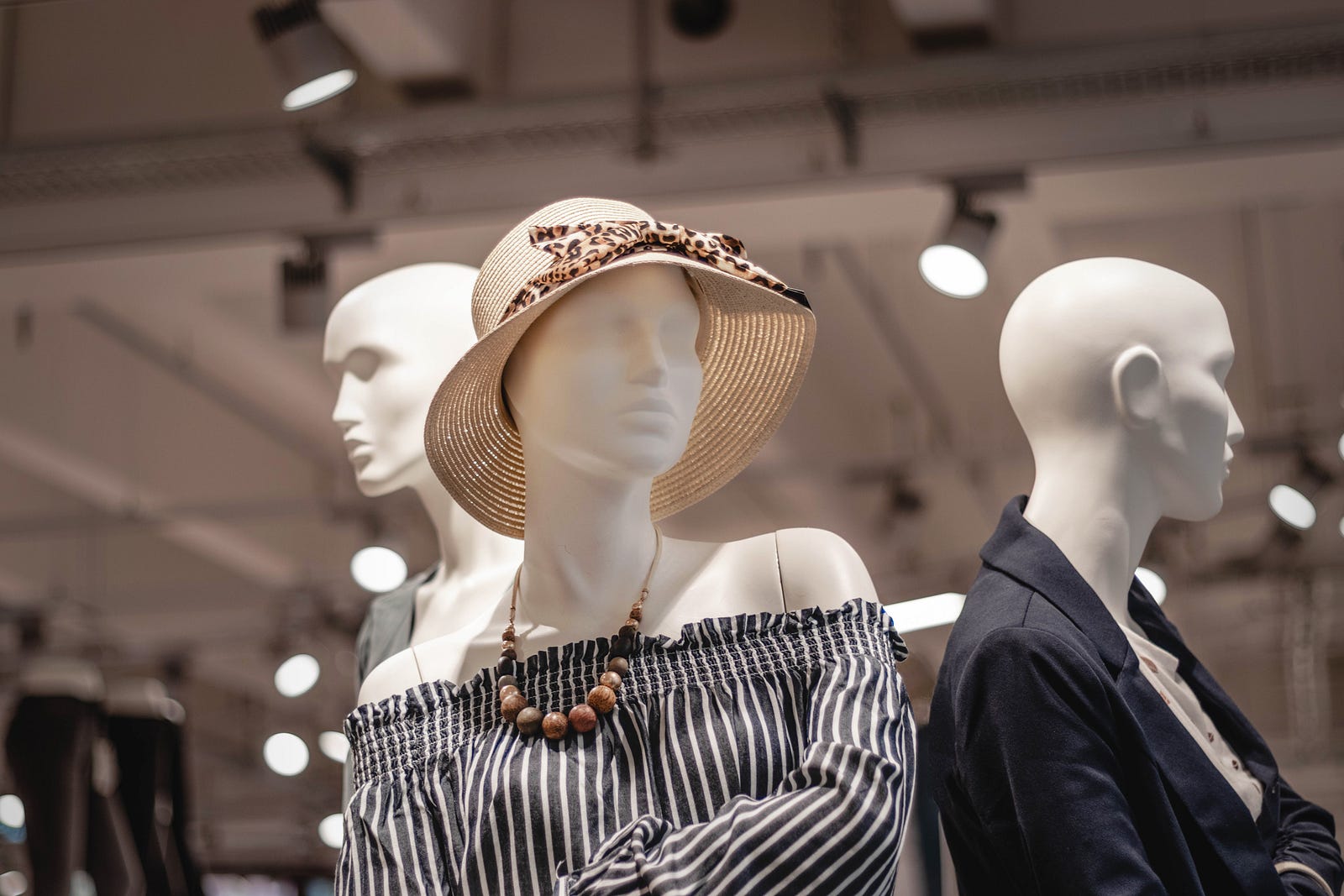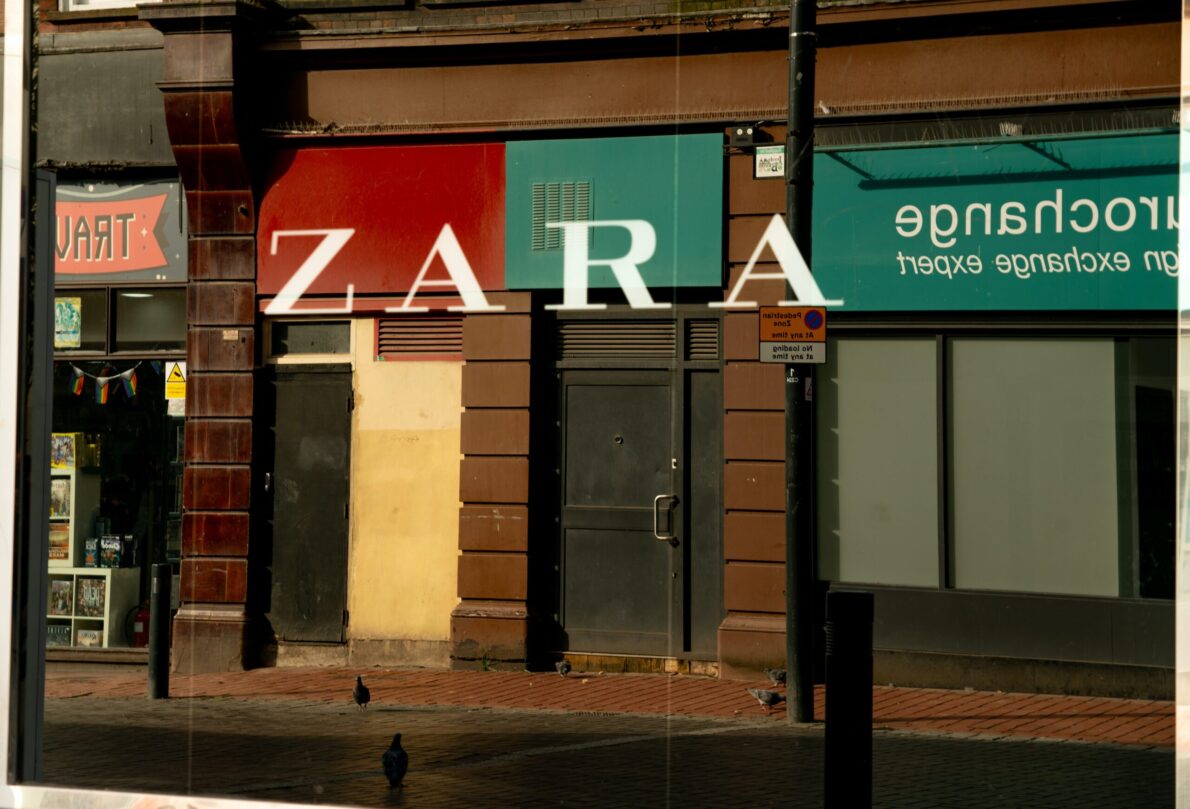Key Points
- Zara’s unique approach of releasing only half of its collections and employing RFID technology for real-time inventory tracking sets it apart in the fashion industry.
- Zara’s RFID project is a game-changer, providing real-time insights into dressing room activity, sales by SKU, and inventory movement, enabling quick responses to customer preferences.
- Zara’s success highlights the power of data-driven decisions, agile inventory management, and prioritising customer needs, making it a leader in fashion retail.
Zara's Data Driven Approach
In this article, I will delve deeper into the innovative strategies employed by Zara, a renowned fashion retailer, in adopting advanced analytics, particularly Radio Frequency Identification (RFID) technology, to optimise its supply chain and meet customer demands. I will also explore the implications and benefits of these strategies for the fashion industry.
As previously discussed in Fashion and Big Data Analytics, Zara adopts a unique approach to fashion retail by releasing only 50% of its estimated production line initially, reserving the remaining 50% to be designed and produced during the season.
This dynamic approach to fashion inventory management ensures that Zara is highly responsive to customer preferences and market trends.
Zara's RFID Innovation
One of the pivotal elements in Zara’s data-driven success is its RFID project. Launched in 2005 and fully implemented in 2015, this project involves embedding RFID chips within each clothing tag before distributing products to their stores.
Furthermore, these RFID chips act as data collectors, providing valuable insights into customer behaviour and the movement of clothing items throughout the store. Furthermore, only small amounts of stock-keeping units (SKU) are ordered, and each order takes about 2–3 weeks.
Here comes the magic …
Zara began a Radio Frequency Identification (RFID) project in 2005, which became full-blown in 2015 with a 17% sales boost in the first half. This project involves placing an RFID chip within each clothing tag before distributing it to the appropriate stores.
“And this is what drives the tracking of Zara’s sales data collection.”
These data provide information such as:
- How often does the clothing item move in and out of the dressing room?
- How many of them got to the point of sales?
- The speed at which the item moves from the shelf to the POS
- The sales of each SKU based on the inventory levels in each store.
Basically, the chip present in each tag tracks the clothes from the warehouse to the store, and the data generated by these chips are processed in the Inditex central data processing unit , which operates round the clock (24 hours).
Consequently, Zara’s RFID technology is used to determine which item is the best-selling and needs restocking in all the 6,000+ outlets of Zara.

“With Zara, you know that if you don’t buy it, right then and there, within 11 days the entire stock will change. You buy it now or never.”
In other words, Zara uses big data and analytics to track demand on a real-time, localised basis and push new inventory in response to customer pull.
How does that sound?
Zara places high importance on store localization rather than investing in ads and sales campaigns. From the onset, the stores are located in premium places, even though Zara’s products are not luxury items.
These tactics enable them to be close to their target audience, as well beside some major top fashion brands. The data from the RFID not only tracks what happens to the clothes, but it can also track from what location (specifically) the data is coming from.
Thus, the supply to each Zara store is tailored to their specific needs based on real-time updates.
For instance, you have two Zara stores on the same street, it does not necessarily mean you will get the same items in each store because each store has its unique needs.
According to Inditex;
The retail giant invests its money in opening new stores in strategic locations instead of spending a lot on ad campaigns. Also, in an article in The New York Times Magazine, Zara has an estimated 5900 stores and an annual sales estimation of 21.3 billion in 2018 (source: Inditex).
Whew!!!!
Been a long ride… thanks for staying with me this far.
Check out this interesting headline from a recently published article on Fashion United;
“Zara owner Inditex swings to Q1 profit as sales rebound” which talks about how the giant retail brand sales have increased post covid despite having several stores closed down.
You are probably wowed by all these and thinking, Kiitan is that all?
Absolutely Not!
But I would like you to go over this article again, make some notes, and have a look at the extra links and resources I added.
In Conclusion

As the fashion industry continues to evolve, Zara’s approach serves as a beacon of innovation and adaptation. By embracing advanced analytics and staying agile, fashion brands can position themselves for success in a dynamic and competitive market. Also, accessibility to quality data is an important aspect of adopting advanced analytics.
There is no data-driven strategy without data. More so, understand your business needs and customers, and consult with the professionals on what works best for you.
Perhaps you feel overwhelmed by all these and you are like how do I start?
Here is my gift for you:
- Build a strong online presence. I mean a website, not just social media accounts.
- Grow a team with a data-driven culture.
- Get familiar with Google Analytics. Don’t know where to start? Check out this course by Google Analytics Academy, it is free! This article by STARTUP Fashion can give you an overview of what you can learn from Google Analytics.
- Meet with your team and come up with a business strategy that will work.
- Have an open mind and an agile system.
- Reach out to a consultant if you are not equipped for that.
- Finally, don’t forget to ensure all the tasks are well assigned, monitored, and results are analysed to make a more informed decision.
Fashion is not just about style; it’s also about data, agility, and understanding your customers. Zara’s story is proof that combining these elements can lead to remarkable results. So, as you embark on your journey, remember Zara’s motto: “You buy it now or never.” The fashion industry waits for no one, and those who embrace data-driven strategies are best poised to succeed.
Resources
I have added some links to great resources (courses, statistics, videos, and articles) on Zara, fashion analytics, data analytics, and a non-fashion related case study.
- Zara Clothing Company Supply Chain: SCM Globe
- Here is a quick digression from Fashion. Let’s consider the American multinational supermarket, WALMART that promises its consumers “Everyday Low Prices.
About the Author
Kiitan Olabiyi is a Fashion Data Consultant and Content Writer at DATA4FASHION.
She writes about data analytics application in fashion, technical tutorials and fashion trend analysis.
Connect with her on LinkedIn.
For inquiries on how to contribute to our fashion data blog, email us at info@data4fashion.org.





